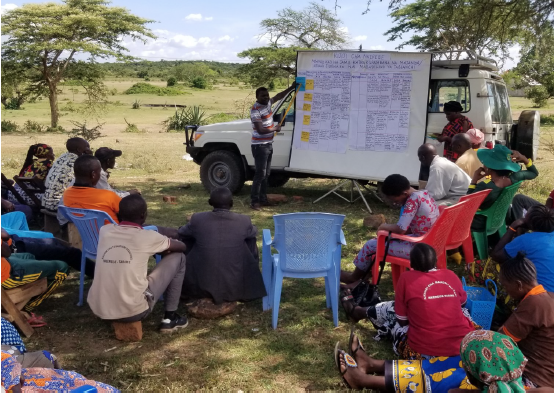SAT: Impacting the Organic Movement Worldwide
Mexico, Denmark, Scotland, Germany, India, Israel and Tanzania. What do those countries have in common? The answer is not obvious and does take some digging. Or in this case farming.
All the above-mentioned countries have organizations or people who are finalists in the One World Award (OWA). The OWA is the most prestigious international accolade from the Organic movement. It centers on rewarding innovative activities in ecological, social and economic sustainability.

Sustainable Agriculture Tanzania (SAT) our humble but rapidly growing, organic movement situated in the warm heart of Africa, holds the continents flag high as one of the seven finalists.
The grand prize? Money, recognition and the chance to take home, Mother Nature, or in this case, “Lady Obert”, a bold statue which features the earth on top of a figure of a woman. A striking image which will be awarded to the most daring and most dynamic organization which promotes sustainability. A description which was tailormade for SAT.

We, SAT are a non-governmental organization in Tanzania founded in 2009 headquartered in Morogoro. Our mission? Ensuring the majority of farmers are using acknowledged agro-ecological methods to improve their livelihoods. Which will aid in conservation of our environment and ultimately reduce pressure on natural resources.
Bernward Geier, OWA coordinator and chairman of the OWA jury, came to Tanzania for a three day visit as part of the selection process. He spent his three days touring our various facilities, meeting our employees and of course meeting the most important people of all; Our Farmers.
As part of his visit Bernward, gave the SAT staff a lecture about what the award means and delivered a call to action. A call to dream big about a 100% organic future for everyone.
“How many of you think Tanzania will be 100% organic by 2050?”, he asked. A tough question, with which some were hesitant to commit too. His response to his own question was damning yet inspiring. Warning us that we, and the world do not have that much time, at best we must execute change within 10 years. A challenge which we all rose to and accepted with roaring cries of “Kilimo Hai!”

By the end of his three day visit we had showed him our farming techniques, shared our dreams, practiced our culture together and taught him our dance moves. Every step of the way Bernward, and Daniel (his cameraman), joined in on our fun and our lessons, while sharing many of their own. While we wished them a heartfelt goodbye, we are consoled by the idea that we will reunite on a stage in February 2021 to collect and to protect “Lady Obert”.
You can learn about our farming practices by registering for our Farming Training Courses. Click here for further details.






